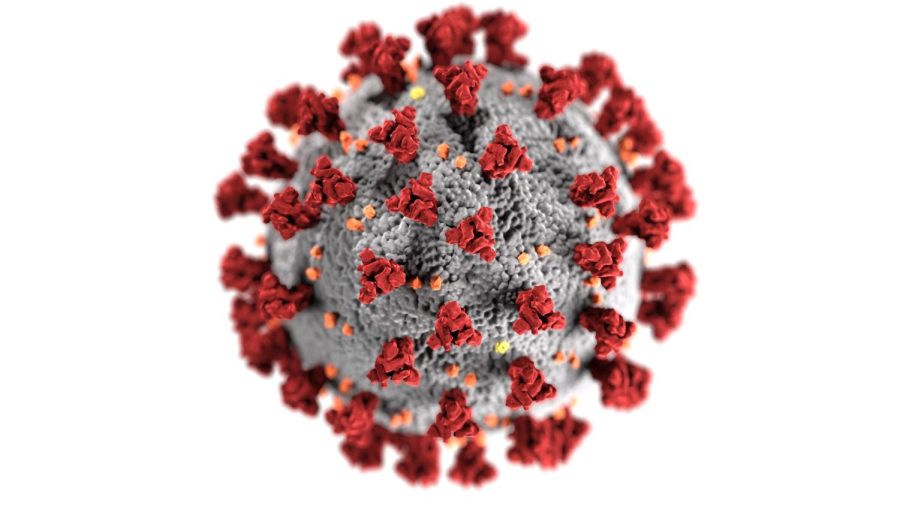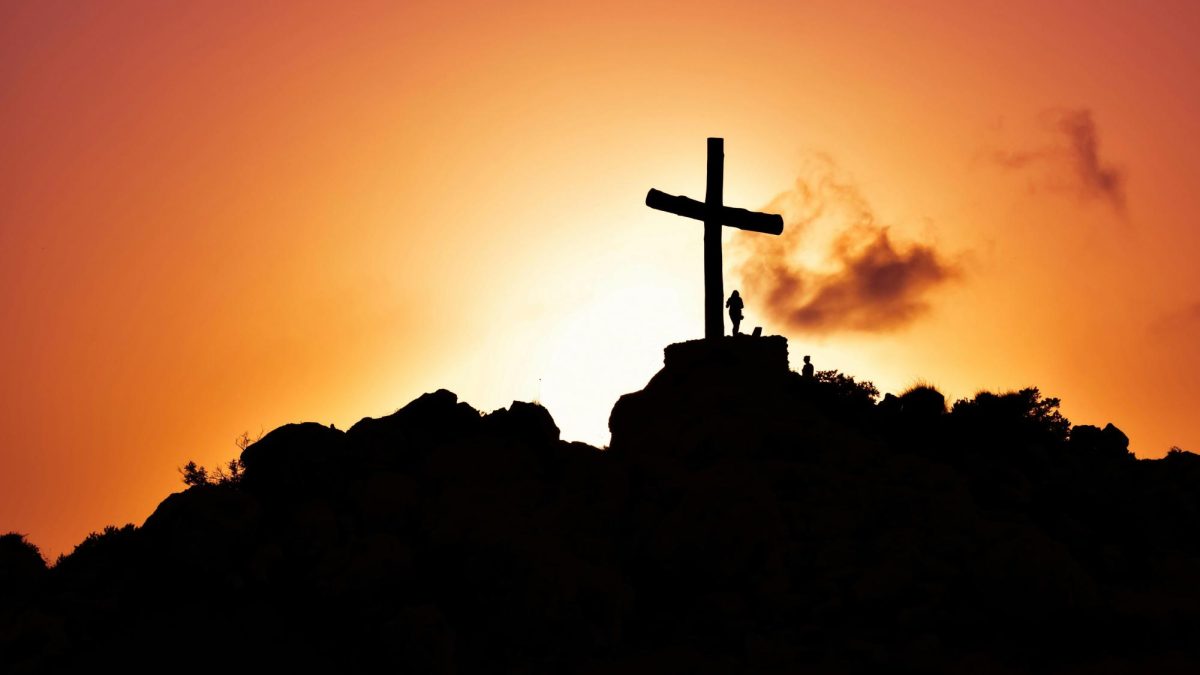India’s COVID-19 Catastrophe
May 20, 2021
In the United States, COVID cases have decreased significantly since last fall, and vaccines are being given every day to many Americans. About 32% of the entire United States has their first dose of vaccination. More places and activities are opening up and daily life is getting back to somewhat normal for many people. Restaurants and shops are up and running, and many schools are too. In the United States, life is beginning to change for the better. However, in India, life is getting worse for people and cases are getting higher. CNN reported that in India “Sick people are being turned away from hospitals that have run out of beds and oxygen, as the number of new cases rises to record levels each day, creating a national crisis with global repercussions.”
More than 1.366 billion people live in India. With 7 billion people living on Earth, a good percentage of that population is in India. As a result of so many people residing in India, there are many crowded cities and slums where people are living extremely close to each other. COVID-19 is extremely contagious and can easily travel from one person to the next when sharing breathing space. When people are living close together Coronavirus spreads rapidly. This is one of the many reasons India is in the mess that it is in. The vaccine for COVID-19 is effective when dealing with a particular strain from the virus, but it is unknown if it can wipe out all strains and make someone immune who is exposed to a different type of COVID. A major problem in stopping a virus is a vaccine but vaccines take a long time to make and make sure that they are safe for humans. Viruses mutate a lot and COVID is no different; new variants may not be stopped by vaccines which can stop lots of progress in the right direction.
Beyond the rapid spread due to a dense population and quickly mutating virus, India doesn’t have the number of vaccines that it needs to keep people safe, which is why the virus continues to spread wildly. With all countries around the world needing the vaccine, it’s harder for the smaller and poorer countries to get them when they are all being snatched up by richer nations. If the Indian outbreak can’t be contained and spreads to neighboring countries that also don’t have too many vaccines and have large populations of people. If new variants of the virus come out lots of countries will have to adapt and fight a new strain of COVID.
In conclusion, India is heavily affected by COVID-19, while the rest of the world is recovering slowly. However, India’s situation is progressively getting worse with such a big population and in large cities like Mumbai or Delhi, the virus gets worse. With so much of the virus going around it has chances to mutate which can make it resilient to vaccines and make COVID more deadly and contagious. With so many people in India, the virus can be very hard to handle which is one of the reasons the situation is as bad as it is. The pandemic in India is bad and the cases are only going up. With fewer and fewer vaccines and health workers, the Virus can spread quickly. Not only are there not enough hospital workers but, different strains of the virus can spread to other places to start the whole pandemic over again. COVID-19 has taken its toll on the world as well as India and will never be forgotten.
Sangal, Aditi. “India’s Covid-19 crisis is a problem for the world.” CNN. CNN, 30 April 2021. www.cnn.com/2021/04/29/india/india-covid-crisis-world-problem/index.html.







Damian • May 24, 2021 at 8:53 am
Interesting information on COVID in India. Well written paper!
Owen • May 24, 2021 at 8:08 am
It was a very good update on COVID-19, and was very informal.